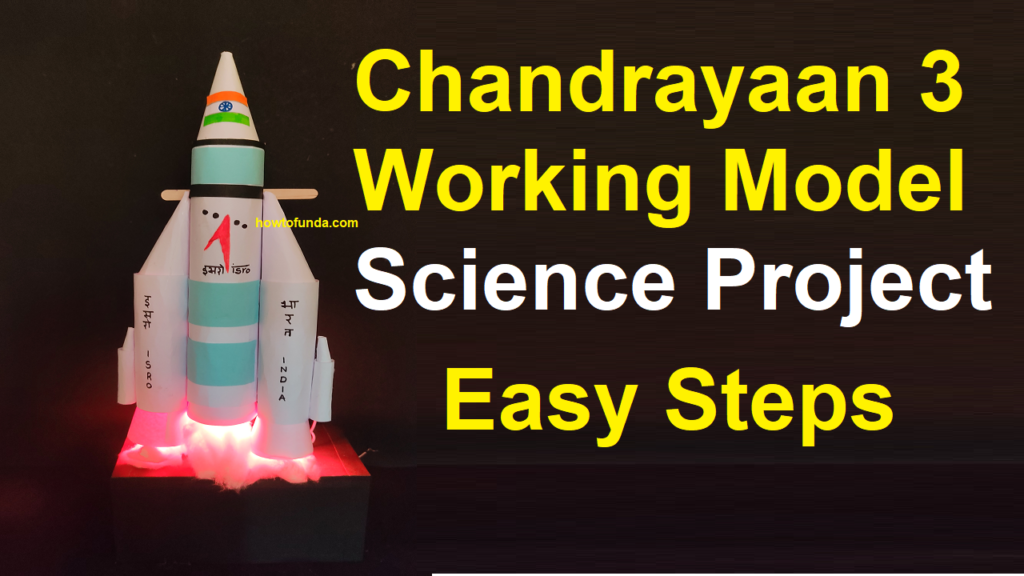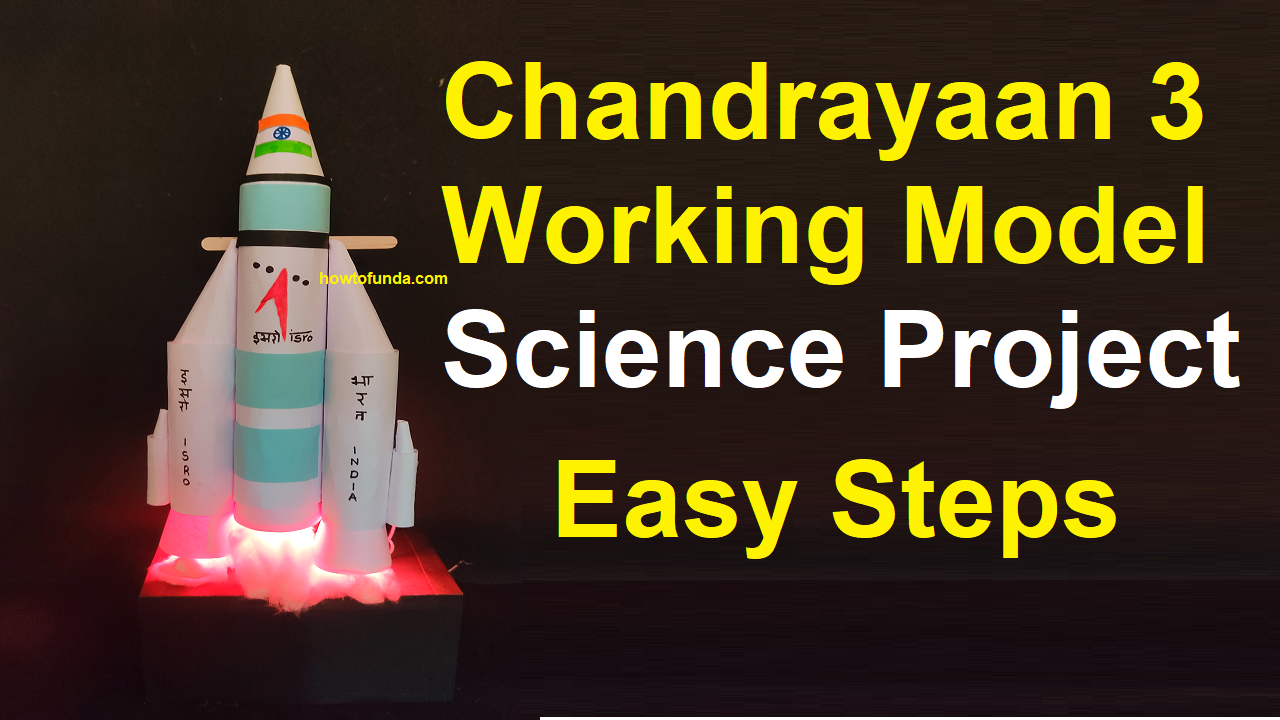A space shuttle launching working model demonstrates how a space shuttle is launched into space, simulating the process of lift-off, propulsion, and ascent.
This model helps visualize the mechanics behind a real space shuttle launch, showing how rockets provide the thrust needed to break free from Earth’s gravity and enter space.

Key Components of the Model:
- Model Space Shuttle: The main part of the model represents the shuttle, including its body and external components such as the boosters.
- Fuel Tanks or Propellant: A small container filled with compressed air or a liquid (e.g., water or baking soda and vinegar mixture) simulates the propellant used to power the rocket’s engines.
- Launch Pad: A platform or base where the space shuttle is placed before launch. It can be a simple structure made from cardboard or plastic.
- Boosters (Optional): Small cylindrical pieces attached to the shuttle represent the solid rocket boosters used in real launches.
- Pressure or Launch Mechanism: A simple pressure system like a balloon, syringe, or even a small chemical reaction (e.g., baking soda and vinegar) is used to simulate the force of rocket engines.
How It Works(Space shuttle launching working model):
- Prepare for Launch: The space shuttle model is placed on the launch pad. The fuel tank or propellant container is filled, and the model is ready for the launch sequence.
- Applying Thrust: In the case of a water-based model, pressurizing the fuel tank or using a chemical reaction (baking soda and vinegar) creates gas that builds up pressure.
- Lift-off: As pressure builds up, it forces the shuttle upwards, mimicking the thrust produced by the shuttle’s engines in real life. This is when the model shuttle starts to ascend from the launch pad.
- Ascent: The shuttle continues to rise until the pressure system runs out, simulating the ascent phase of the real shuttle launch, where it gradually accelerates into space.
- Separation (Optional): If using boosters, these can detach during the ascent phase, just as they do in real shuttle launches.
Applications and Learning:
- Real-Life Insight: This model demonstrates how a space shuttle uses powerful thrust to overcome Earth’s gravity and reach space, mimicking the propulsion process.
- Educational Value: It explains the principles of thrust, propulsion, and the forces involved in launching a spacecraft, providing a hands-on experience of space exploration concepts.
This model is ideal for science projects or classroom demonstrations, offering a simple but effective way to understand the basics of space shuttle launches.

